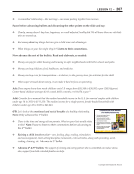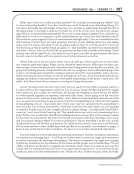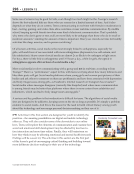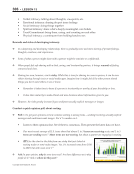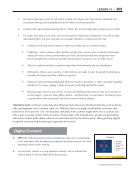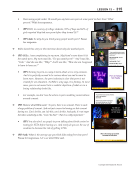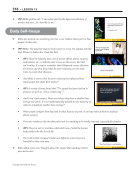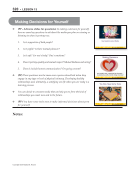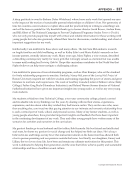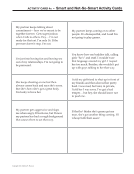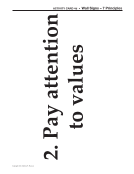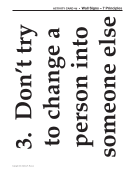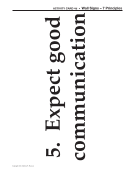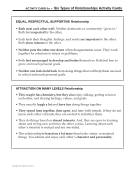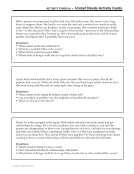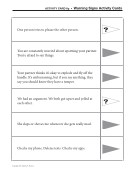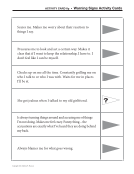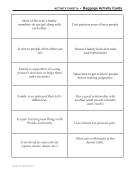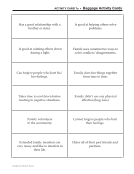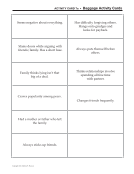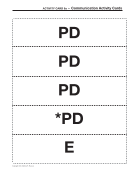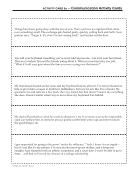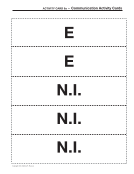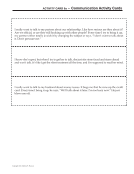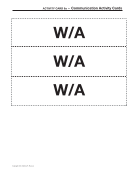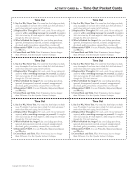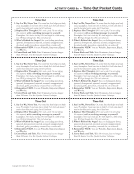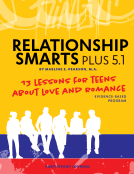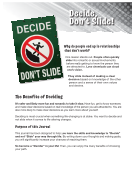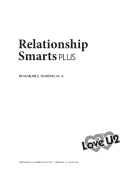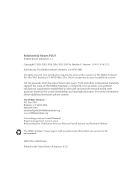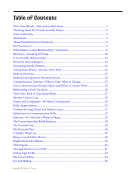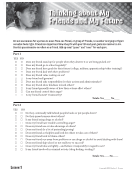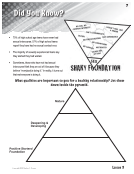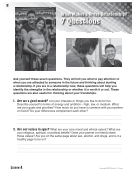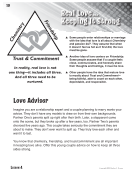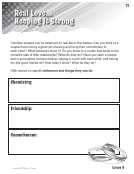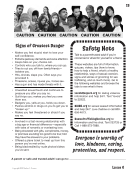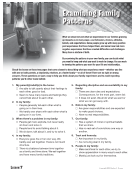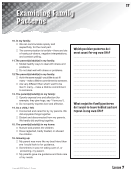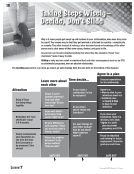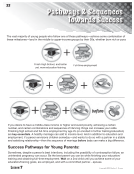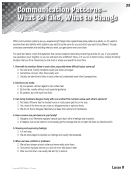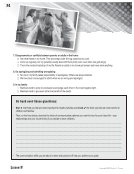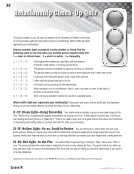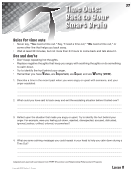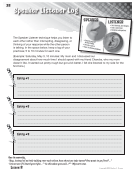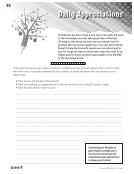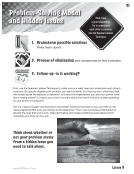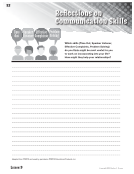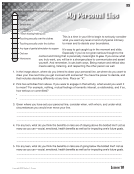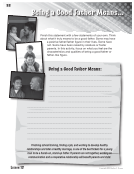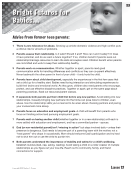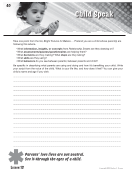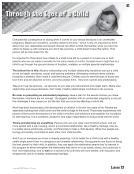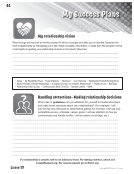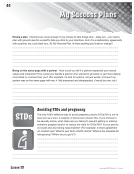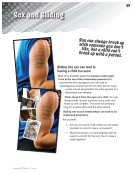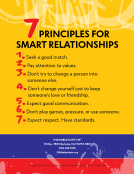Copyright 2025 Marline E. Pearson
LESSON 6 • 101
Many teens do not report it:
❖ (PP) Many teens do not report violence. They may be afraid or embarrassed
to tell friends or family.
❖ In addition, some youth may feel stigma, discrimination, family disapproval,
or social rejection.
❖ Reaching out for help to get to safety and to begin a process of healing is important for anyone experiencing
any form of abuse. In a few minutes, we’ll explore a couple of websites and discuss who a person could
reach out to for help.
❖ But first, we’ll look at different forms of physical dating violence.
6.3 Violence: Why It
Happens, What Helps,
Signs of Danger
This section starts with a discussion of teen physical dating violence and then moves into a
deeper discussion of types of intimate partner violence (IPV). It underscores that all types and
levels of abuse should be taken seriously by everyone—all types are unhealthy and dangerous, even
potentially lethal—teens will learn about the signs of greatest danger. The goal is to help youth steer
clear of dating violence from the start and to help young people already involved in unhealthy and/or
dangerous patterns and relationships recognize it, take action early, and exit safely.
(PP) Introduce the topic with these points:
❖ Let’s talk more in-depth about dating violence.
❖ When it comes to young couples, either partner is just as likely to be
aggressive in their relationships.4
• Optional video: A Call to Men
8 minutes
LESSON 6 • 101
Many teens do not report it:
❖ (PP) Many teens do not report violence. They may be afraid or embarrassed
to tell friends or family.
❖ In addition, some youth may feel stigma, discrimination, family disapproval,
or social rejection.
❖ Reaching out for help to get to safety and to begin a process of healing is important for anyone experiencing
any form of abuse. In a few minutes, we’ll explore a couple of websites and discuss who a person could
reach out to for help.
❖ But first, we’ll look at different forms of physical dating violence.
6.3 Violence: Why It
Happens, What Helps,
Signs of Danger
This section starts with a discussion of teen physical dating violence and then moves into a
deeper discussion of types of intimate partner violence (IPV). It underscores that all types and
levels of abuse should be taken seriously by everyone—all types are unhealthy and dangerous, even
potentially lethal—teens will learn about the signs of greatest danger. The goal is to help youth steer
clear of dating violence from the start and to help young people already involved in unhealthy and/or
dangerous patterns and relationships recognize it, take action early, and exit safely.
(PP) Introduce the topic with these points:
❖ Let’s talk more in-depth about dating violence.
❖ When it comes to young couples, either partner is just as likely to be
aggressive in their relationships.4
• Optional video: A Call to Men
8 minutes
























































































































































































































































































